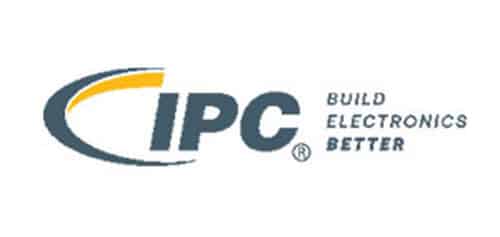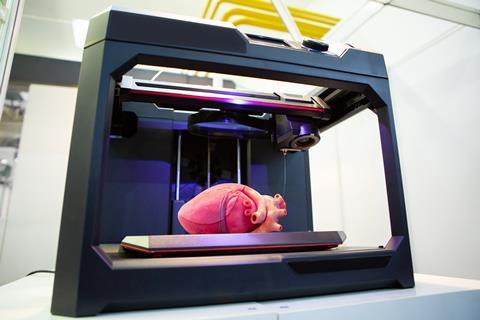4D printing has emerged as a ground-breaking technology with the potential to revolutionize the healthcare sector. By incorporating smart materials that can dynamically respond to environmental stimuli, this advanced form of 3D printing enables the creation of medical products that adapt and evolve over time. The 4D printing in healthcare market is projected to witness remarkable growth, with an estimated value of USD 32 million by 2026, exhibiting a CAGR of 29.9% (MarketsandMarkets). This expansion is fueled by continuous advancements in 3D printing technology and the development of programmable materials.
Opportunities for Growth
The integration of 4D printing in healthcare opens up a wide range of opportunities for innovation and advancement. Customization and personalization are the key advantages that enhance patient care and treatment outcomes. Some notable areas where 4D printing is making significant strides include:
- Tissue Engineering and Regenerative Medicine: The ability to create scaffolds with smart materials that adapt to the patient’s growth holds tremendous potential in tissue engineering and regenerative medicine. These scaffolds can provide a supportive framework for tissue regeneration, offering new possibilities for treating burn injuries, organ damage, and other complex conditions (ScienceDirect).
- Drug Delivery Systems: 4D printing can revolutionize drug delivery by enabling the production of smart materials that release medications in a controlled and targeted manner. By designing drug-loaded structures capable of responding to specific stimuli within the body, such as pH levels or enzyme activity, the efficacy of treatments can be enhanced while minimizing side effects.
- Surgical Instruments and Implants: The flexibility of 4D printing allows for the creation of surgical instruments and implants that can adapt to individual patient anatomy and specific surgical requirements. Customizable implants, such as prosthetics, orthopedic devices, and dental fixtures, can be manufactured with improved functionality and patient comfort.
Challenges to Overcome
While the potential for 4D printing in healthcare is immense, several challenges must be addressed to accelerate its adoption and overcome barriers to entry:
- High Costs: The initial investment required for 4D printing technology, including equipment, materials, and research and development, can be substantial. This cost barrier may limit its widespread adoption, particularly in resource-constrained healthcare organizations and developing countries. However, as the technology advances and economies of scale are achieved, cost reduction is expected to occur, making it more accessible in the long term (Market Business Insights).
- Regulatory Compliance: The introduction of any new medical technology requires rigorous adherence to regulatory and performance standards to ensure patient safety and product efficacy. 4D printing is no exception. The development and implementation of standardized guidelines and regulatory frameworks are necessary to address safety concerns and streamline the approval process for medical applications.
Future Outlook
Despite the challenges, the future of 4D printing in healthcare holds tremendous promise. Continued research and development efforts, along with collaborations between academia, industry, and regulatory bodies, will play a pivotal role in driving the technology forward. Key developments that can shape the future of 4D printing in healthcare include:
- Material Advancements: Ongoing research aims to expand the range of smart materials available for 4D printing. This includes developing materials with enhanced responsiveness to specific stimuli and greater biocompatibility. These advancements will open up new possibilities for creating complex and functional medical structures.
- Enhanced Patient-Specific Solutions: As 4D printing evolves, the ability to create patient-specific medical solutions will become more refined. The integration of patient data from imaging technologies, such as MRI and CT scans, can enable the precise customization of implants and surgical guides, leading to improved treatment outcomes and reduced surgical complications.
- Collaboration and Knowledge Sharing: Collaboration among researchers, healthcare professionals, and technology developers is vital for unlocking the full potential of 4D printing in healthcare. By fostering an environment of knowledge sharing, interdisciplinary expertise can be leveraged to accelerate innovation, address challenges, and promote the adoption of this transformative technology on a global scale.
4D printing is poised to revolutionize the healthcare sector by offering personalized medical solutions that can adapt and evolve over time. Although challenges related to cost and regulatory compliance exist, the opportunities for growth in the 4D printing in healthcare market are substantial. As research continues and new applications are discovered, 4D printing will increasingly shape the future of patient care and treatment outcomes. By investing in research and development, fostering collaborations, and addressing regulatory considerations, we can unlock the full potential of 4D printing and create a transformative impact on healthcare.










